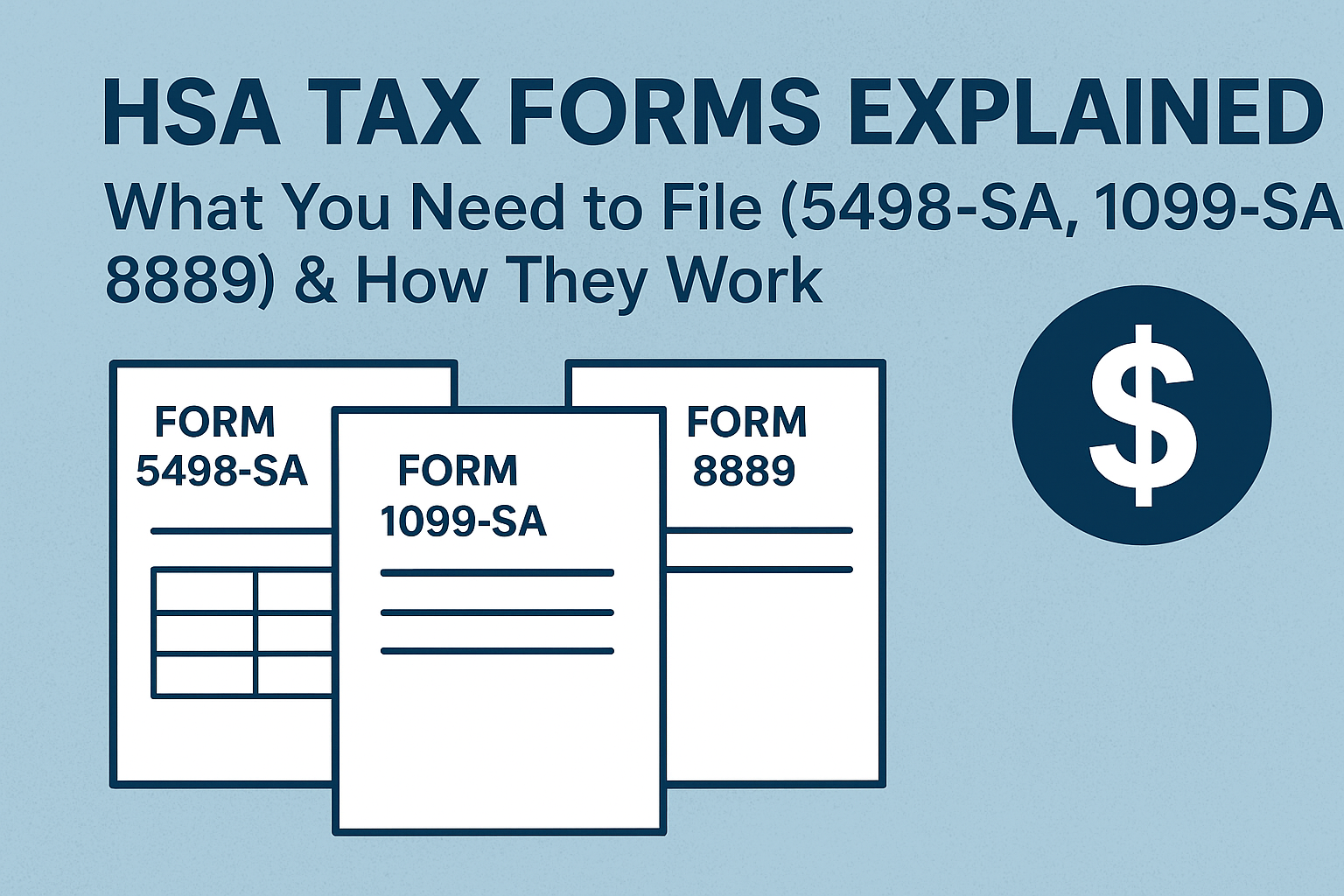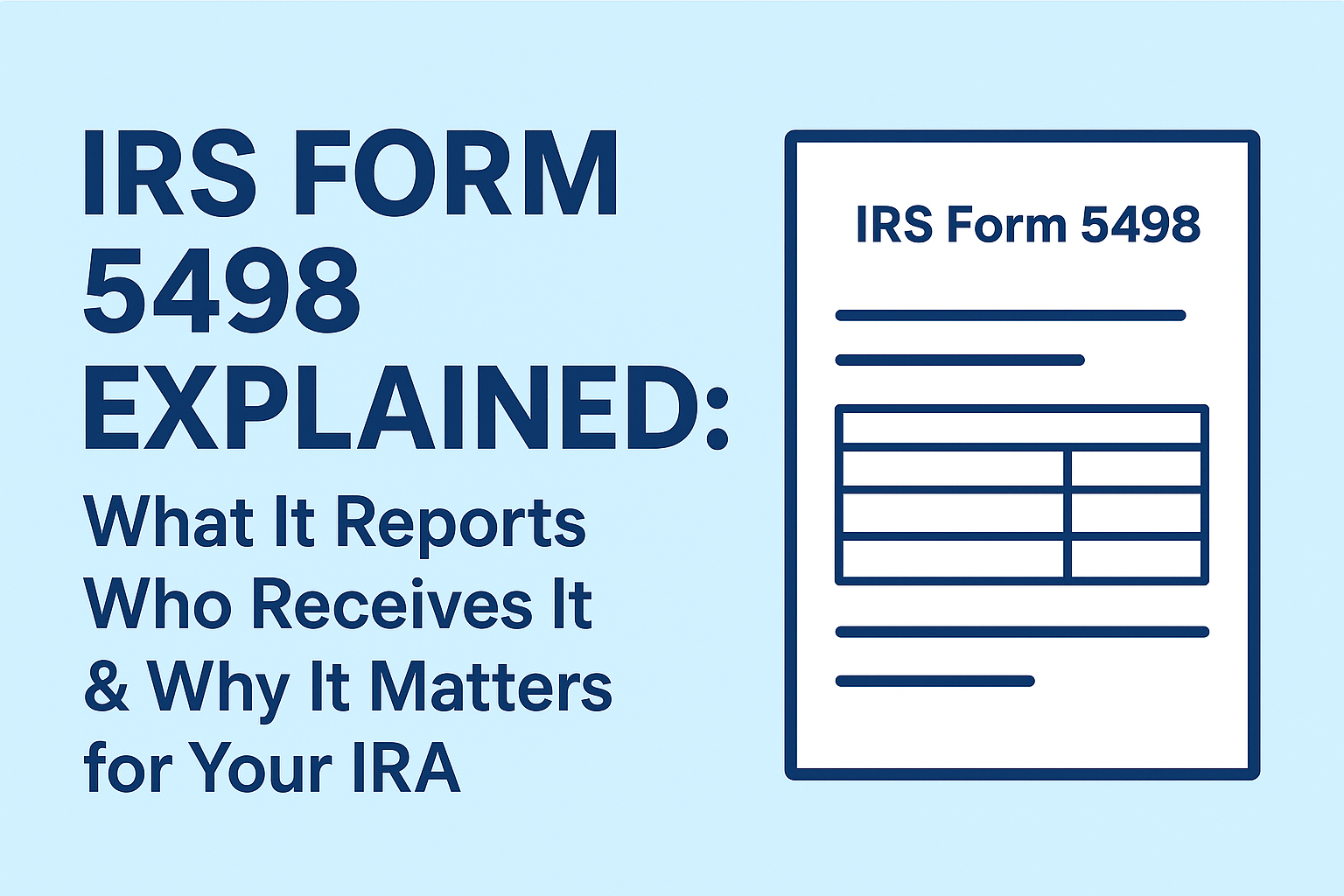
Financial audits are essential for ensuring transparency, accuracy, and accountability in any organization’s financial operations. Whether it’s a small business or a large corporation, conducting regular audits helps detect errors, prevent fraud, and maintain compliance with accounting standards.
But how do you ensure that your audit process is thorough and efficient?
The answer lies in having a comprehensive financial audit checklist, a structured guide that covers every critical area of your financial review.
In this blog, we’ll walk through the 10 key steps to create an effective financial audit checklist that can help streamline your auditing process and strengthen your internal financial management.
Before diving into numbers and records, start by defining the objective of your audit. Are you conducting an internal audit for performance assessment, or is it an external audit for compliance purposes?
Clarifying the purpose helps determine what areas to focus on such as revenue recognition, expense tracking, asset management, or tax compliance.
Next, outline the scope of the audit including time periods, departments, and subsidiaries. This prevents oversights and ensures that every relevant transaction is included in the audit trail.
A well-defined scope sets the tone for a smooth and organized audit process.
A successful audit depends on accurate and complete financial records. Start by collecting all necessary documents such as:
Ensure these documents are organized chronologically and by category, whether digitally or in physical form. Having well-structured documentation allows auditors to trace transactions quickly and identify discrepancies without wasting time.
Internal controls form the backbone of any financial system. They help prevent misstatements, fraud, and non-compliance.
Your financial audit checklist should include an evaluation of:
Document how these controls are implemented and whether they are effective. Weak internal controls can lead to major compliance risks and identifying them early ensures corrective action.
Cash and bank accounts are high-risk areas during audits due to their direct impact on liquidity and fraud potential.
Your checklist should include:
Any unexplained differences between book and bank balances must be investigated immediately. Verifying cash transactions builds confidence in your financial accuracy.
Managing receivables and payables efficiently is vital for financial health. The audit checklist should involve:
This process helps detect billing errors, identify slow-paying clients, and ensure that liabilities are properly reflected in the books.
For businesses dealing with tangible goods or long-term assets, inventory and asset verification is a key step.
Checklist items should include:
This helps confirm that asset values are accurate and compliant with accounting standards.
Revenue and expense recognition policies must comply with accepted accounting principles such as IFRS or GAAP.
Add these to your checklist:
Proper recognition avoids misleading financial results and ensures compliance with tax and regulatory standards.
A thorough audit must assess compliance with all tax laws and statutory requirements.
Your financial audit checklist should include:
Non-compliance can lead to penalties and reputational damage, making this step critical for financial stability and governance.
Beyond compliance, an effective audit should provide insights into business performance.
Add analytical review steps to your checklist, such as:
This helps management make informed decisions and identify areas that need operational improvements or tighter controls.
The final step in your financial audit checklist is compiling all findings into a clear, structured audit report.
The report should include:
Ensure all supporting documents are attached, and the report is reviewed by management for acknowledgment and action. A well-documented report adds value beyond compliance it becomes a roadmap for strengthening your organization’s financial ecosystem.
Creating a comprehensive financial audit checklist ensures consistency, accuracy, and transparency throughout the auditing process. It acts as a step-by-step guide that not only meets regulatory requirements but also supports long-term business efficiency.
By following these 10 steps from defining your scope to final reporting you’ll have a structured approach that minimizes risk and maximizes the integrity of your financial data.
If you’re interested in exploring offshore audit preparation, accounting, or offshore bookkeeping services, connect with our experts. We can help you streamline your financial processes, stay compliant, and prepare your business for successful audits every time.





